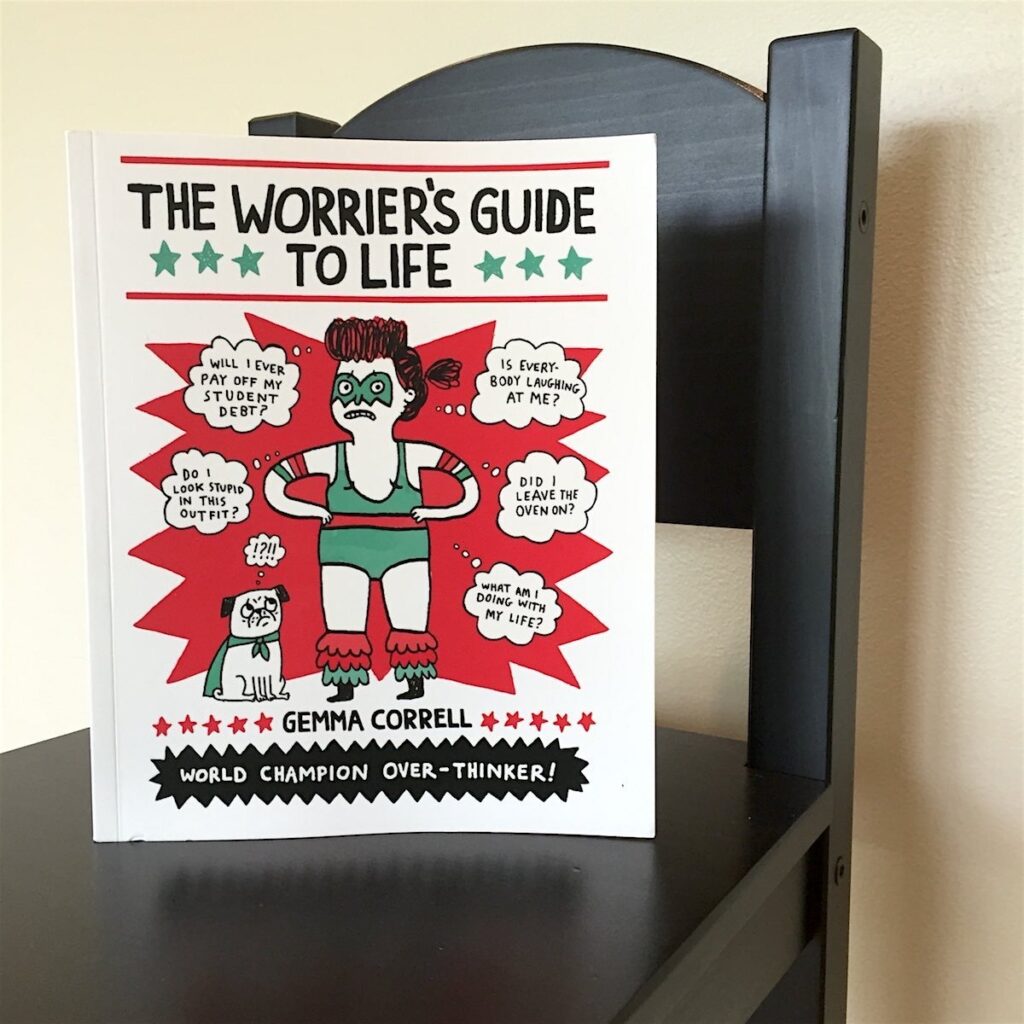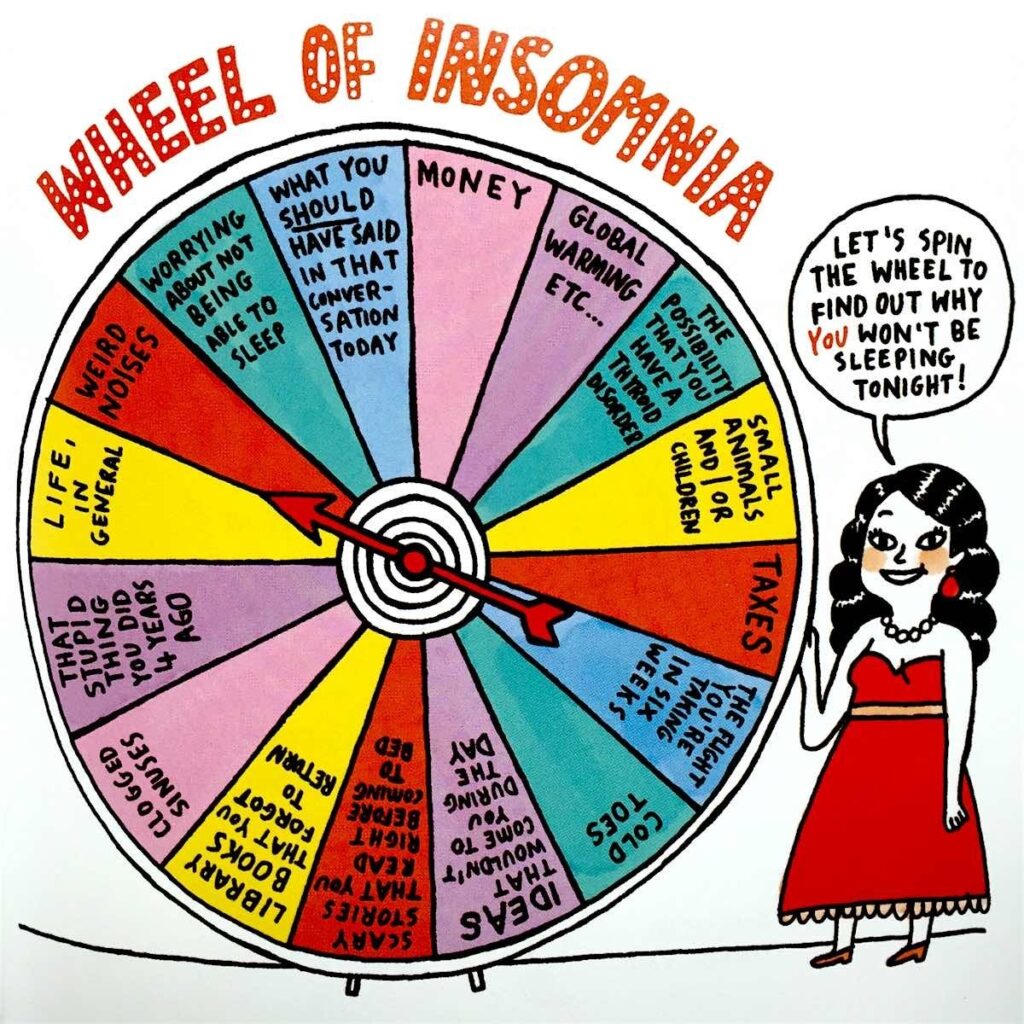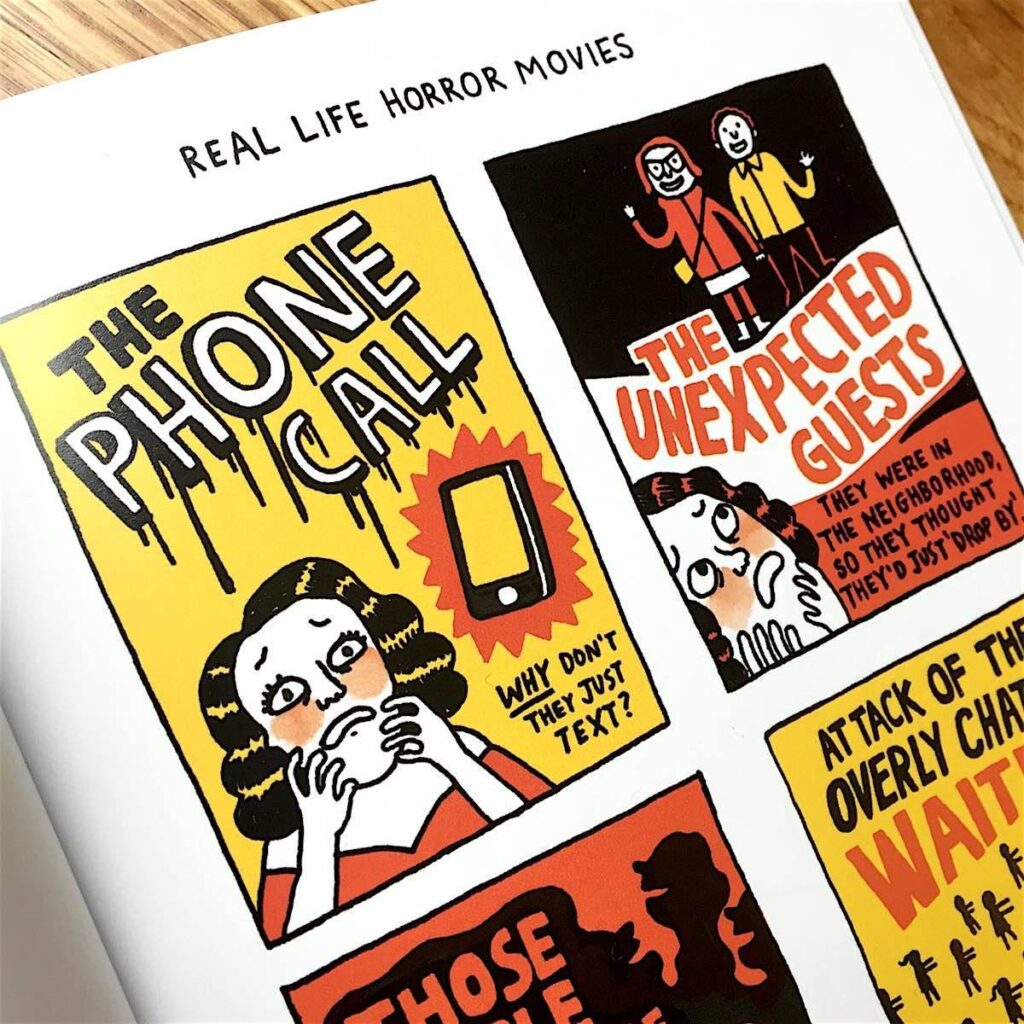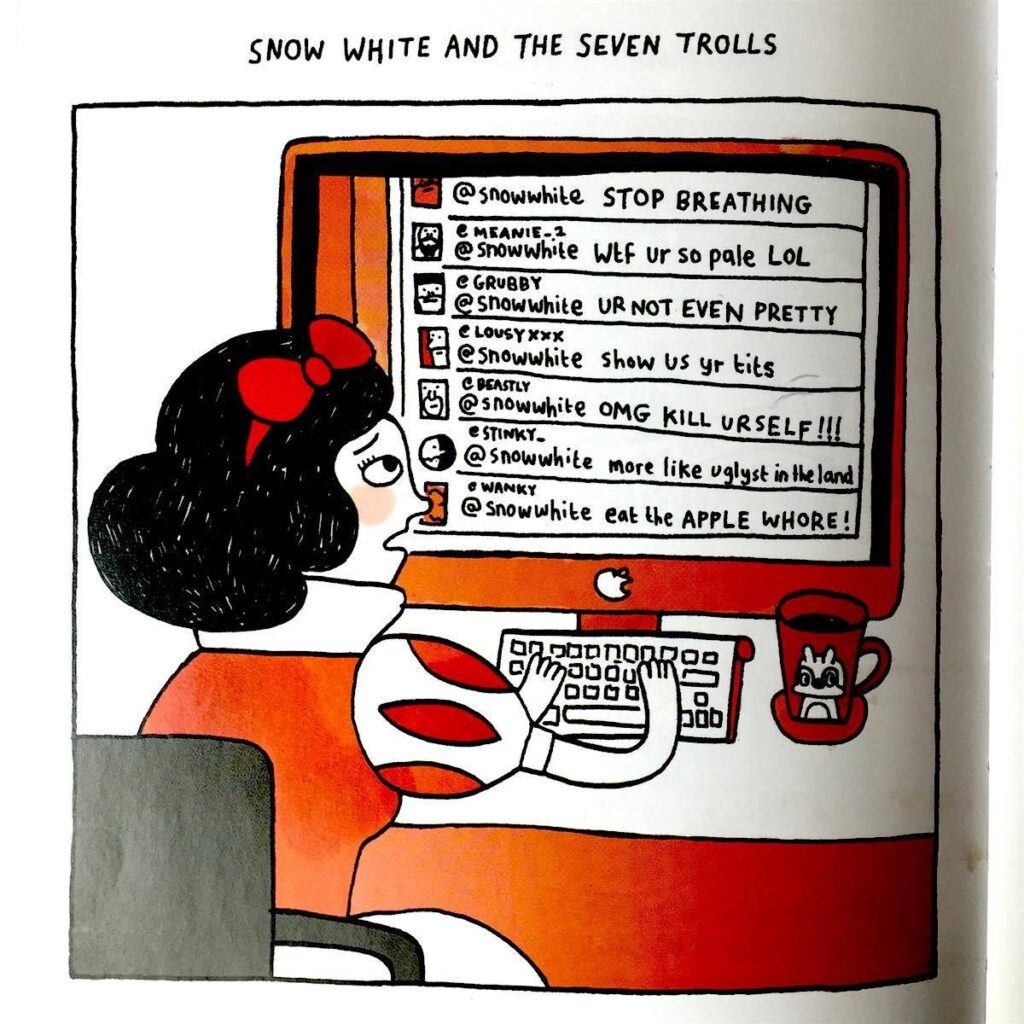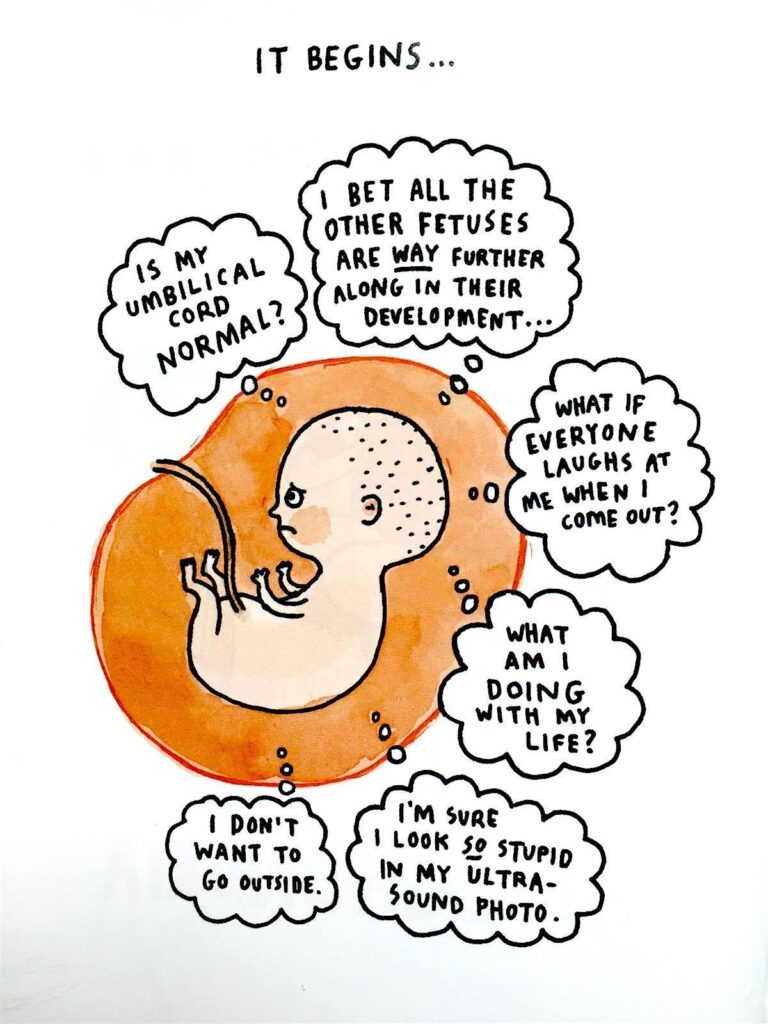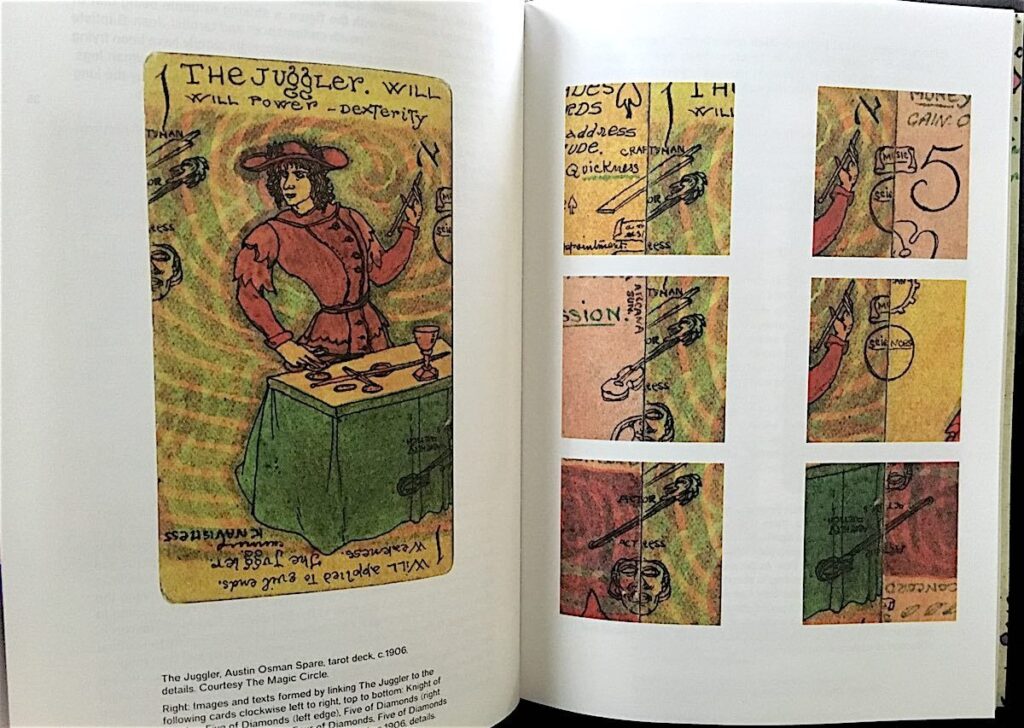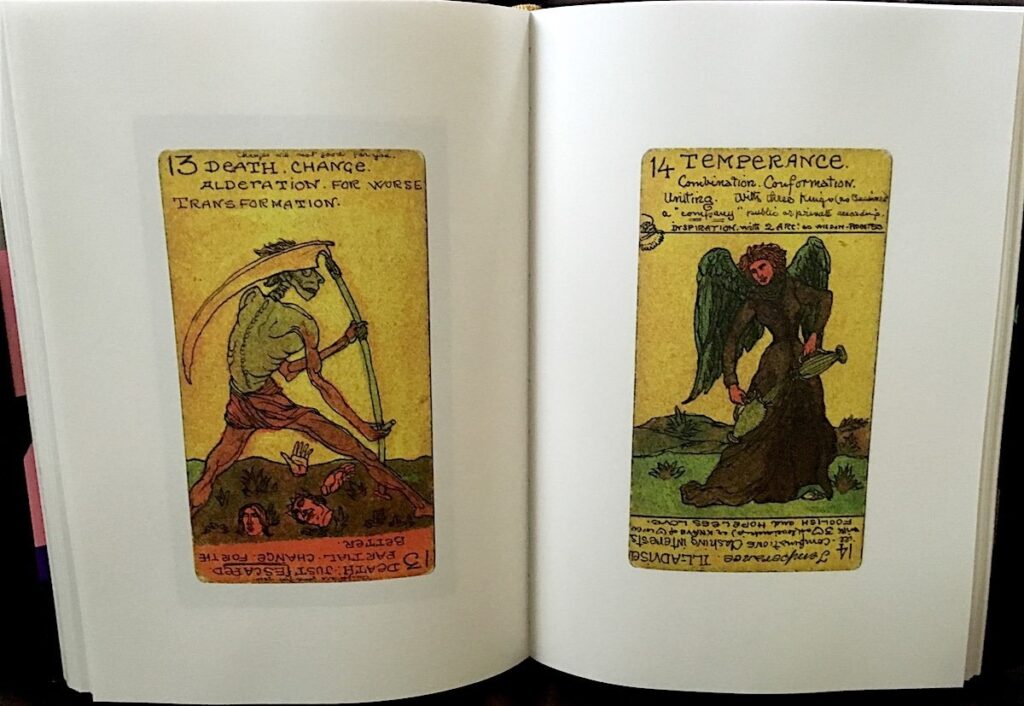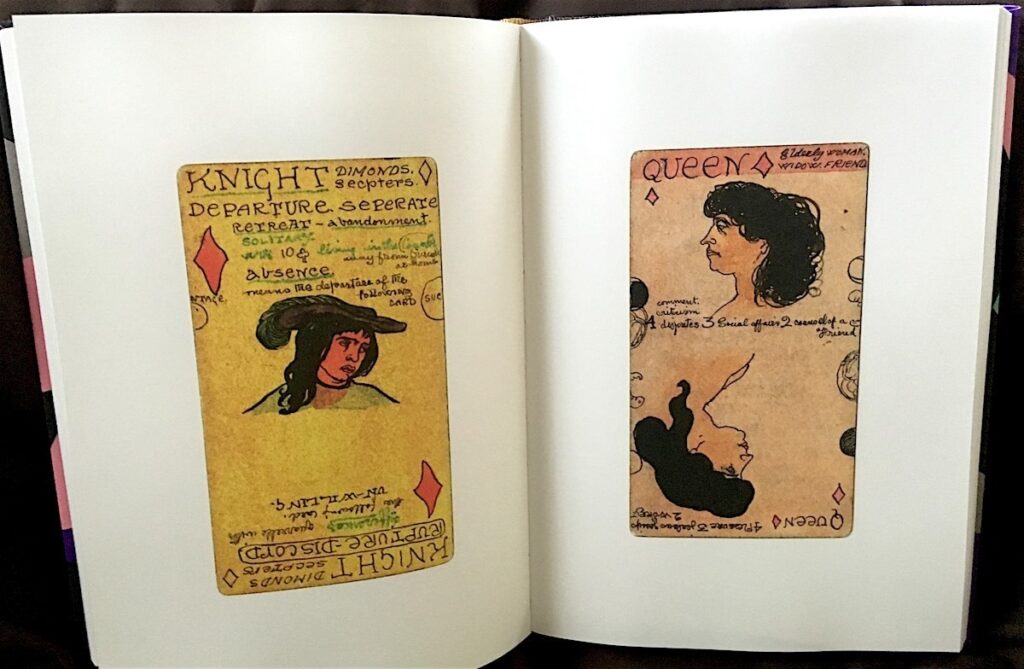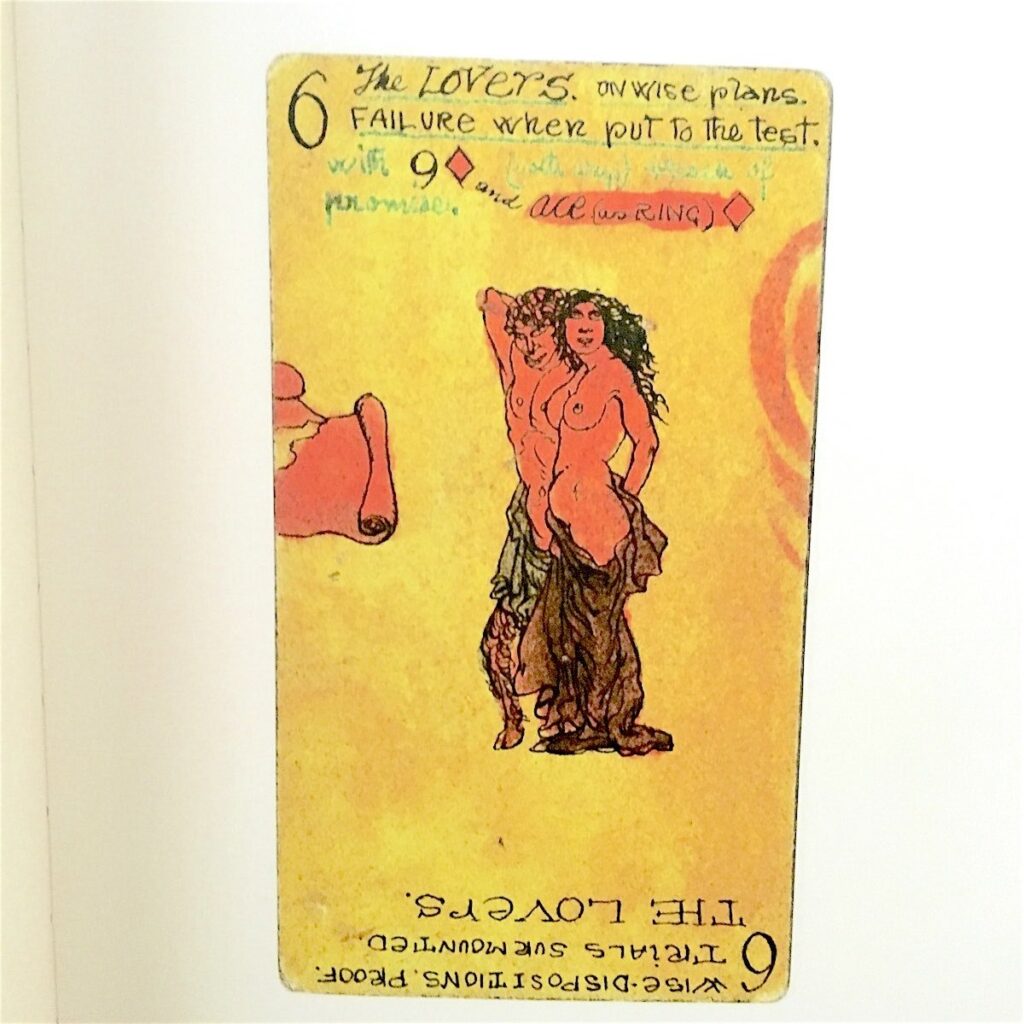Rules of Thumb
Memorable estimates
I’m a big fan of rules of thumb. Like: “Count the number of times a cricket chirps in 15 seconds, and add 37. That’s the temperature in Fahrenheit.” They are great estimating tools. At the Whole Earth Catalog we first published Tom Parker’s collection of these portable estimates, soliciting others from readers. I suggested a few rules of my own, which made their way into one of Parker’s later books. Since I remember — and use — a number of these rough recipes, I have always regretted that the books were out of print. If ever there was knowledge ideal for the web, rules of thumb are it. Tom Parker has recently digitized all the rules he has collected. He posts one old rule per day, and one new one suggested by readers. As the rules are tagged over time to make searching easier, we’ll finally have the world-wide database of guesstimates that short-cut-takers like myself have always wanted.
You can find inexpensive used copies of the books, Rules of Thumb, and Rules of Thumb 2, but the web site really is a much better way to use and discover these. Parker has refined his explanation of what rules of thumb are, and why they are cool tools. He writes:
“A rule of thumb is a homemade recipe for making a guess. It is an easy-to-remember guide that falls somewhere between a mathematical formula and a shot in the dark. Rules of thumb are a kind of tool. They help you appraise a problem or situation. They make it easier to consider the subtleties of the topic at hand; they give you a feel for a subject. A rule of thumb is not a joke or a ditty. It is not a Murphy’s Law. Murphy says that things will take longer than we think; a rule of thumb says how much longer. While a proverb says that a stitch in time saves nine, a rule of thumb says to allow one inch of yarn for every stitch on a knitting needle.”
I’ve spent a lot of time reading through these over the years. I now subscribe to the Rules of Thumb RSS feed from Parker’s site. My new rule of thumb: “One in 25 rules of thumb will be useful to you.” YMMV, but I find that a pretty good hit rate.
— KK
Sample excerpts:
The best way to make money in residential real estate is to buy the worst home on the best street.
The moon covers half a degree of sky.
When digging a grave by hand, haul away 17 wheelbarrow loads of dirt and pile the rest by the hole. You will have just the right amount to backfill.
For marketing purposes, elderly consumers think they are 15 years younger than they actually are.
The price of a telescope increases proportionately to the cube of the lens diameter.
Recovering an unused physical skill takes one month for each year of layoff.
If you walk into a bar where a lot of people wear baseball caps, it’s a good place to sell lottery tickets.
Eclipses often come in pairs. A lunar eclipse is followed frequently by a solar eclipse two weeks later, and vice versa.
If the cats aren’t sleeping on the radiators, turn down the heat.
One chemical toilet serves 15 employees per week.
It takes two minutes for the sun to drop out of sight once it touches the horizon.
If a woman can walk around during contractions, she is not fully dilated.
When you are working in the vicinity of high voltage, keep 1 foot of distance between you and the power source for each 1,000 volts. For instance, stay 13 feet away from a 13,000 volt power source.
Related items previously reviewed on Cool Tools
02/5/08







